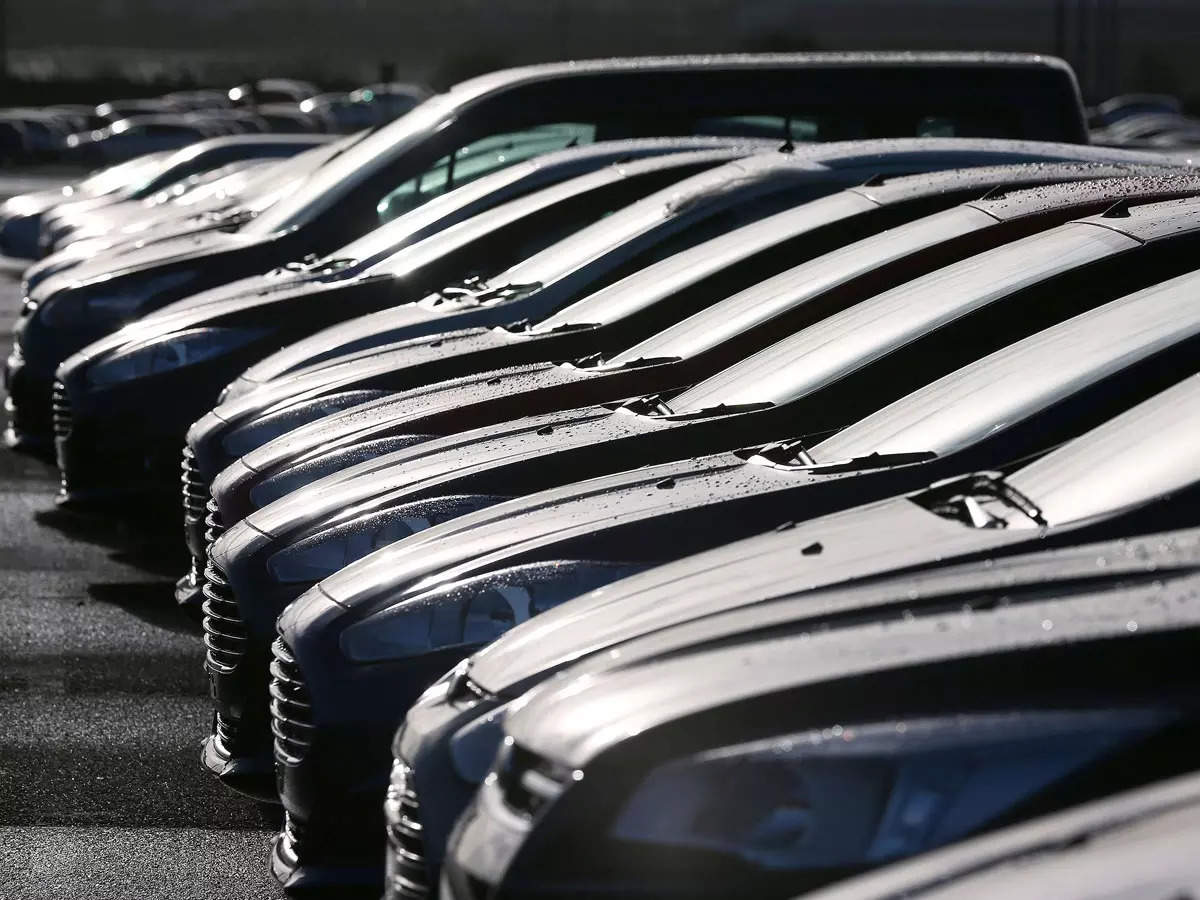While passenger vehicle and commercial vehicle retails declined last month by 6%, industry volumes rose on demand for two-wheelers and three-wheelers.
Manish Raj Singhania, President, FADA said in the passenger vehicle segment, while improved vehicle availability, increased stock levels and new model launches did stimulate demand in certain areas “the impact of election activities and changes in festival dates also played a role in sales dynamics”. Dealers retailed 322,345 cars last month, compared to 343,527 units in March 2023.
In the commercial vehicle segment too – where sales dipped by 5.87% to 91,289 units in March – the announcement of election dates resulted in a temporary reduction in purchases, Singhania informed, adding, demand is expected to recover post-election, with decreasing concerns about the forthcoming monsoon.
Sales of commercial vehicles have been under pressure the last few months due to poor agricultural outcomes and financing difficulties. “On the upside, there was strong demand in specific areas such as coal and cement transportation, bolstered by bulk orders and vehicle upgrades, which enhanced customer engagement”, he said.
Retail sales of two-wheelers went up by 5.4% to 1,529,875 units last month. Singhania said “the two-wheeler segment demonstrated resilience and adaptability, with electric vehicle (EV) sales surging due to the expiration of the FAME 2 subsidy on March 31st. Positive market sentiment was supported by seasonal events, improved vehicle supply, and financial incentives.” Penetration of electric two-wheelers increased to a record 9.12%. In the three-wheeler segment too, introduction of electric auto-rickshaws and loaders buoyed retails. Singhania said despite concerns over election-related uncertainties and concerns over policy changes, such as free bus travel for women, the overall outlook for the sector remains upbeat, supported by the quality of vehicles and strong market demand. Three-wheeler sales rose 17% to 105,222 units last month. Last financial year, auto sales rose 10% to 24,530,334 units. Retail sales of two-wheelers, three-wheelers, passenger vehicles, tractors and commercial vehicles increased by 9% (to 17,517,173 units), 49% (to 1,165,699 units), 8.45% (to 3,948,143 units), 8% (to 892,313 units) and 5% (to 1,007,006 units), respectively.
Singhania said a decline in consumer sentiment among urban Indians, coupled with the RBI’s decision to keep lending rates unchanged at 6.5% is likely to impact retail sales of all vehicles, especially entry level vehicles as these buyers are extremely price sensitive. “Given the continued inflationary trend without any relief in finance rates, these prospective buyers may continue to hesitate. Coupled with the forthcoming elections, these challenges will influence the Industry, potentially curbing vehicle sales across all segments”, Singhania said.
Opportunities exist for demand to rebound bolstered by festive occasions and strategic product unveilings aimed at reviving consumer interest through the year.
In the ongoing financial year, Singhania said the automotive industry is cautiously optimistic of growing sales. He said, “Manufacturers are gearing up with better supply chains and an array of models to meet diverse consumer demands. Economic growth, favourable government policies and an anticipated good monsoon are expected to fuel demand, especially in rural areas and the commercial vehicle sector, which is closely linked to infrastructure projects and economic activity.


